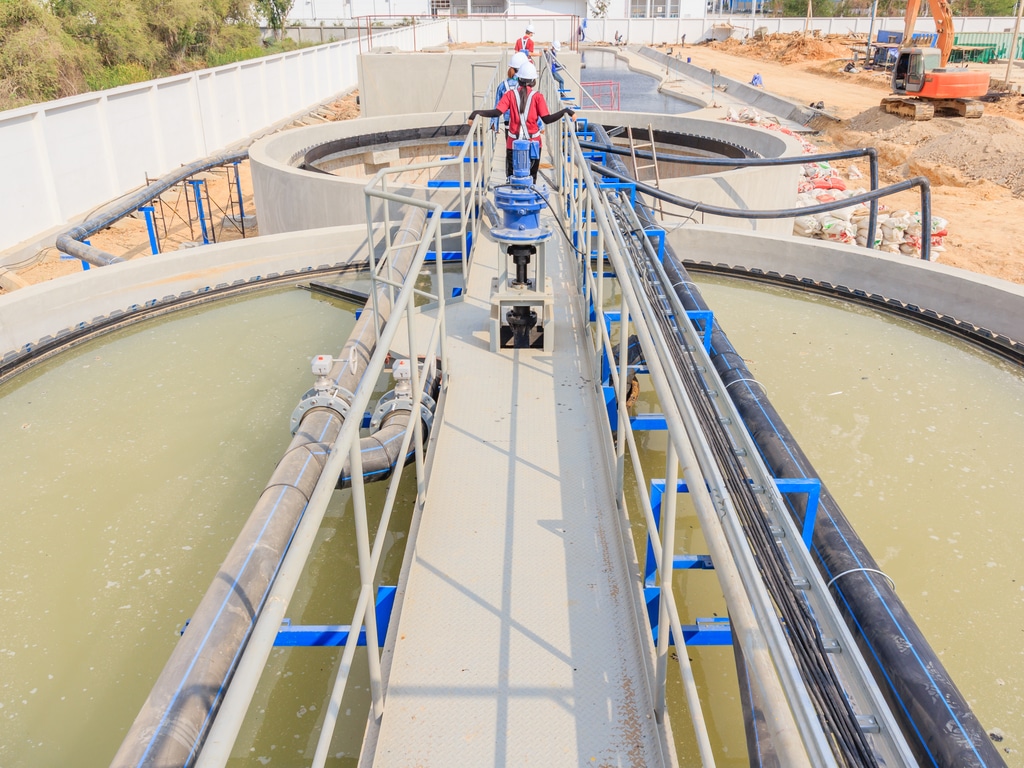The Dunga Wastewater Treatment Plant in Kisumu County, Kenya will be refurbished. The rehabilitation works were recently launched by the Kenyan government. The project is being carried out under the Lake Victoria Water and Sanitation Programme (LVWATSAN), implemented by the Lake Victoria South Water Works Development Agency (LVSWWDA).
Among the facilities being rehabilitated is a pumping station built in 1958 with a capacity of 10,000 m³ per day. A second pumping station built in 1985, which has a capacity of 14,000 m³ of water per day. The third pumping station was built between 2007 and 2011. The capacity of this installation will be increased from 21,000 m3 to 46,080 m3 per day at the end of the works.
Electromechanical and minor civil works are also planned as part of the Dunga wastewater treatment plant rehabilitation project. According to the environmental and social impact assessment report of the project published by the World Bank, the Dunga wastewater treatment plant currently has a capacity of 17,000 m3 per day.
Read Also – Urban sanitation, a major challenge for sustainable cities in Africa
The entire project is expected to cost 900 million Kenyan shillings (about $8.2 million), according to Business Daily. As part of the LVWATSAN programme, two other treatment plants, as well as wastewater stabilisation ponds in Kisat and Nyalenda will be rehabilitated. “A new wastewater treatment facility will be built near the Otonglo area with a capacity of 4,000 m3 per day,” says LVSWWDA.
The French Development Agency (AFD), the European Investment Bank (EIB), the European Union (EU) and the Kenyan government are co-financing the LVWATSAN programme, at a total cost of 7.5 billion Kenyan shillings (about $68.1 million). The programme, which will end in 2025, will provide safe drinking water and sanitation facilities for 350,000 people in Kisumu County.
Inès Magoum
